







Weekly Update
EV Charging Report, Battery2Life, Alfa Romeo, Smart and much more
Post from April 15, 2024
Post from April 15, 2024
- IAA MOBILITY Weekly
- EV Charging Report, Battery2Life, Alfa Romeo, Smart and much more

This week's highlights include the release of the European EV Charging Report 2024, studies on electric vehicle purchasing decisions and PHEV usage, research projects on second-life batteries, battery production using lasers, and solid-state batteries. We also saw the debut of the Alfa Romeo Milano Electricca, the announcement of a new electric two-seater by Smart, and the establishment of a joint venture between electric vehicle manufacturer GAC Aion and mobility service provider Didi Chuxing to develop an autonomous electric vehicle. Additional news includes a new cycling policy, updates on the Opel Frontera, the Cupra Raval, a major update for the Mercedes-Benz EQS, an exciting collaboration between BMW and Rimac Technology, and the opening of a development center for driving assistants by Nio – these are our top stories for week 15 of 2024.
This week's highlights include the release of the European EV Charging Report 2024, studies on electric vehicle purchasing decisions and PHEV usage, research projects on second-life batteries, battery production using lasers, and solid-state batteries. We also saw the debut of the Alfa Romeo Milano Electricca, the announcement of a new electric two-seater by Smart, and the establishment of a joint venture between electric vehicle manufacturer GAC Aion and mobility service provider Didi Chuxing to develop an autonomous electric vehicle. Additional news includes a new cycling policy, updates on the Opel Frontera, the Cupra Raval, a major update for the Mercedes-Benz EQS, an exciting collaboration between BMW and Rimac Technology, and the opening of a development center for driving assistants by Nio – these are our top stories for week 15 of 2024.
- 1. European EV Charging Report 2024: Netherlands and Norway Lead the Way
- 2. Studies on Electric Vehicle Purchase Decisions and PHEV Usage
- 3. Battery2Life Aims to Simplify the Use of Second-Life Batteries
- 4. RWTH Aachen Speeds Up Battery Production with Lasers
- 5. University of Bologna Opens Electrochemistry Center for Solid-State Cell Research
- 6. Debut of the Alfa Romeo Milano Electricca
- 7. Smart Develops Electric Two-Seater #2
- 8. GAC Aion and Didi Chuxing Collaborate on Autonomous Electric Vehicles
- 9. EU Sets New Standards for Cycling
- 10. Stromer Launches First European Online Store
- 11. Short news
In its 2024 Charging Report, the smart energy company gridX has once again reviewed the charging infrastructure across Europe for the second consecutive year. The report covers approximately 750,000 charging points in 32 European countries, including the 27 EU member states as well as Iceland, Liechtenstein, Norway, Switzerland, and the United Kingdom. The findings reveal that direct current (DC) fast charging stations are being installed almost twice as fast as alternating current (AC) charging stations with medium or low power. Norway and the Netherlands particularly stand out in terms of the stock of electric vehicles (EVs) and their associated charging infrastructure. The Netherlands leads in the number of charging points per 100,000 inhabitants, while Norway is at the forefront in terms of installed charging capacity. Norway also leads in EV prevalence with 13,381 battery electric vehicles (BEVs) per 100,000 inhabitants, followed by Iceland with 7,048 BEVs per 100,000 inhabitants. Germany ranks in the middle in all categories but shows potential with a total of 120,625 installed charging points. To meet the goals of the AFIR regulation, which calls for 1.3 kW of charging capacity per BEV by 2030, and assuming there will be 40 million EVs on European roads by then, charging capacity needs to increase forty-sixfold by the end of the decade. This means that approximately 270 MW of charging infrastructure would need to be added each week across the EU, as explained in the 2024 EV Charging Report.
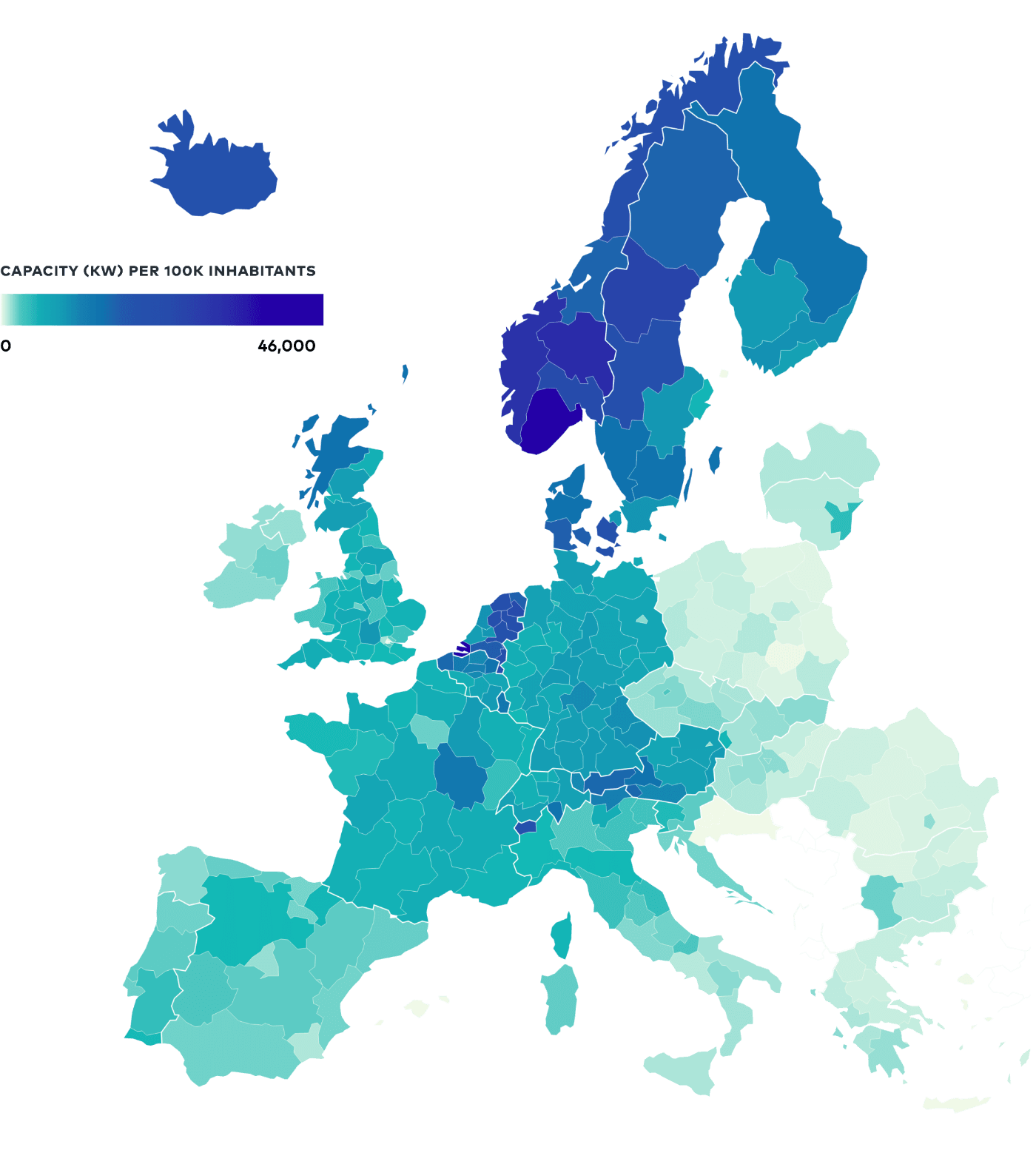

A study conducted by the Centre for European Economic Research (ZEW) and the University of Mannheim has explored the utilization of plug-in hybrid vehicles (PHEVs). These vehicles, which feature both a combustion engine and an electric drive, are often considered a transitional technology towards the complete electrification of transportation. However, the study found that PHEV owners do not fully utilize their potential for emission-free driving. On average, they use the electric mode for only 39 percent of their driving distances. The study also observed that this behavior significantly changes with rising fuel prices: researchers concluded that when fuel costs are high, drivers tend to use the electric mode more frequently to save on fuel expenses. More information.
A group of international researchers has also explored potential reasons for the hesitation in purchasing electric vehicles. The findings from representative surveys conducted in Chile, Germany, and Spain revealed that social value has the strongest positive impact on the decision to purchase, followed by the perceived environmental benefits of the vehicles. However, skepticism towards green advertising tends to decrease the willingness to buy an electric car, according to the researchers.
Despite some reluctance, electric cars have now reached a crucial tipping point, as analyzed by Bloomberg Green. By the end of last year, electric vehicles accounted for five percent of new car sales in 31 countries, a threshold that signals the onset of mass acceptance. This milestone indicates a rapid shift in technological preferences, according to Bloomberg Green. In 2022, only 19 countries had surpassed this 5-percent mark.
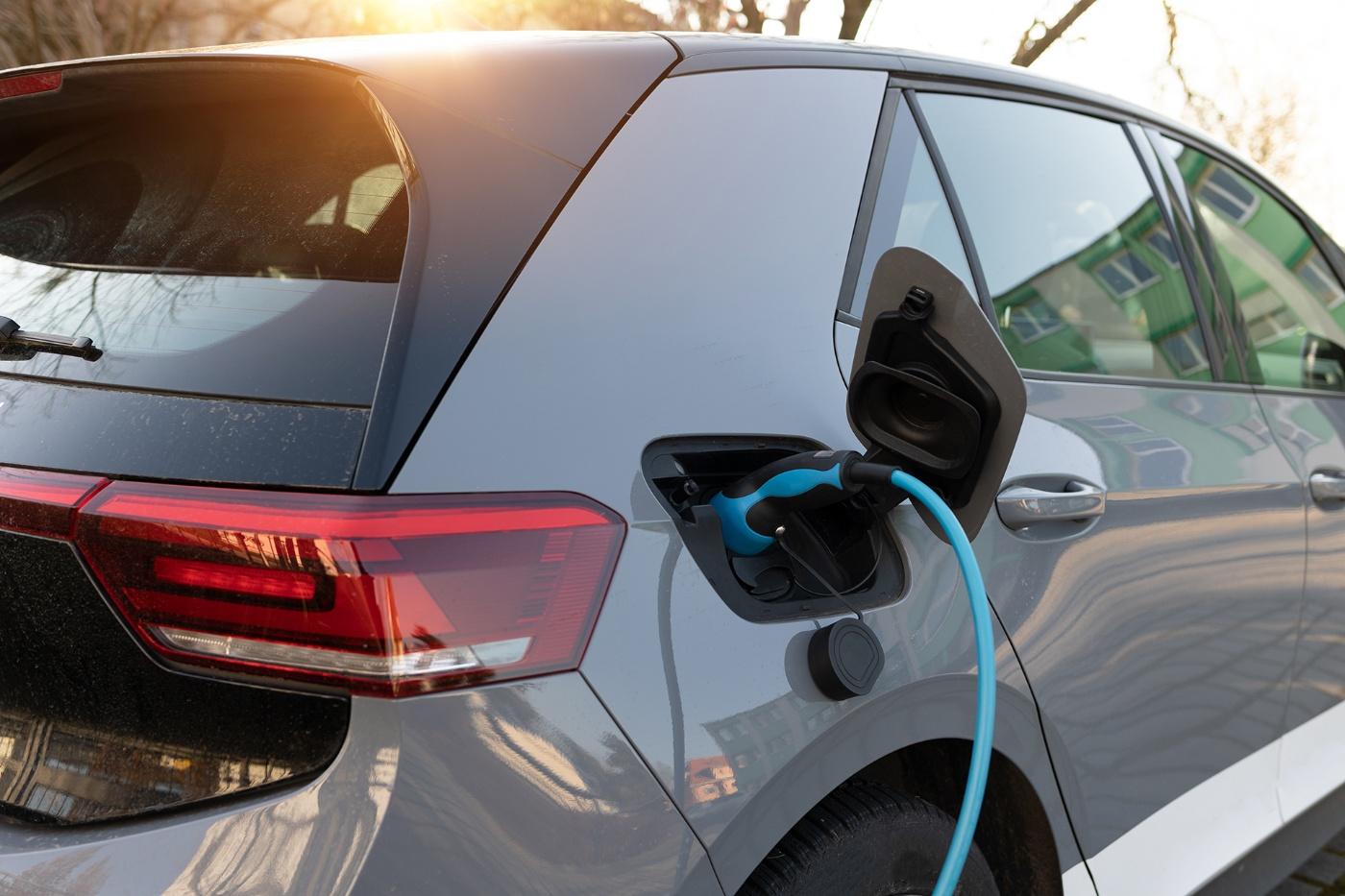

The EU project Battery2Life is setting new standards in the utilization of second-life batteries. With the goal of simplifying the reuse of batteries from electric vehicles, a consortium of renowned European institutions and companies has been formed to develop new frameworks for battery system designs. These frameworks will be tested in residential storage applications in Austria and grid-wide storage applications in Greece. The project aims to enable reliable reconfiguration of used batteries through improved battery management and optimized system design.
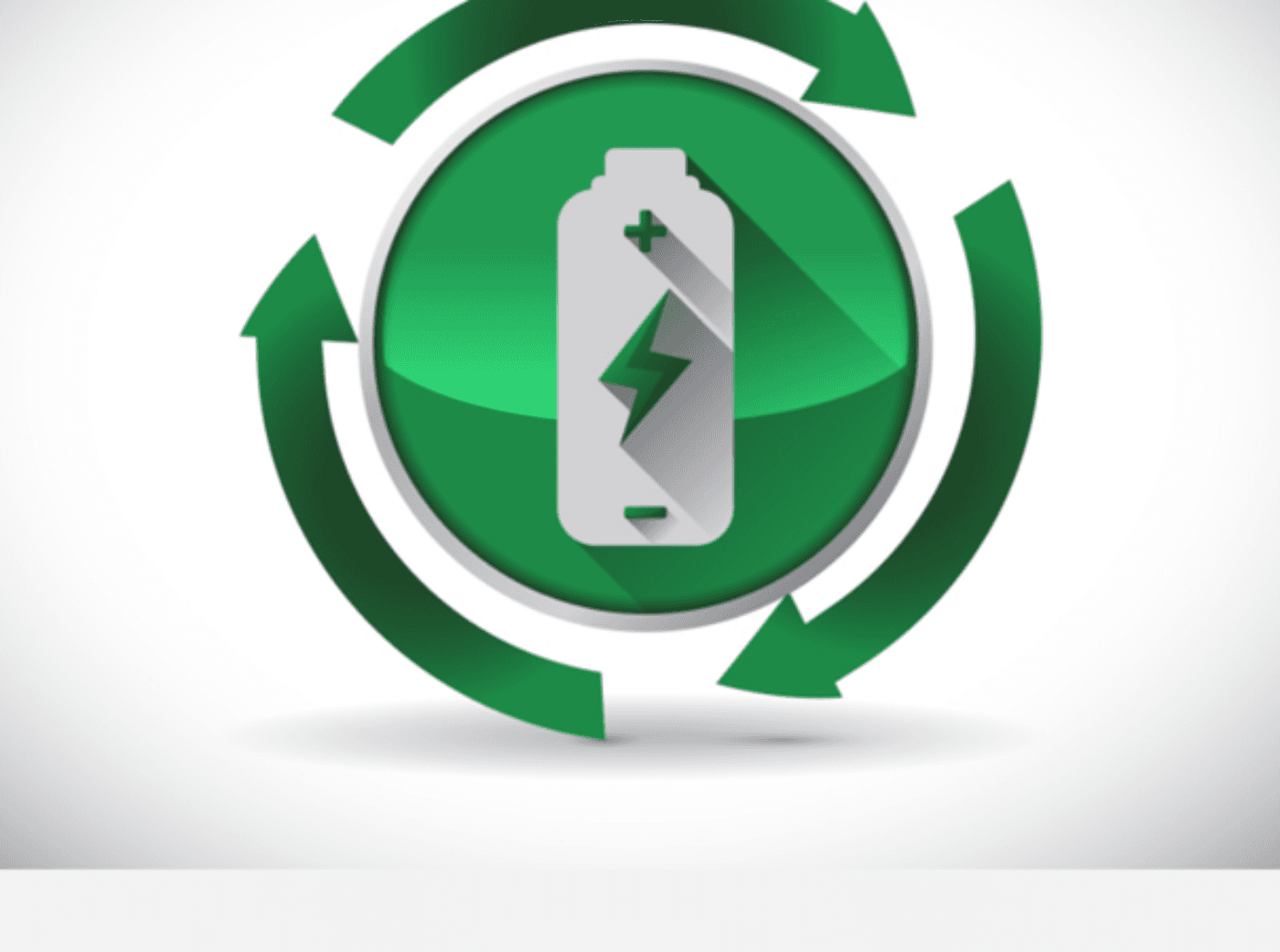

RWTH Aachen, in collaboration with the Fraunhofer Institute for Laser Technology (ILT), has developed an innovative laser process that reduces the drying time for electrodes in lithium-ion batteries by over 60 percent. This new laser technique not only saves time but also significantly reduces the energy requirements and space needed for production facilities. The goal of the project is to increase the line speed for coating and drying to up to 30 meters per minute, an improvement over traditional drying methods. Currently being tested with LFP cathodes and graphite anodes, the technology could potentially be adapted for other materials like silicon-containing anodes, which are expected to enhance battery performance.
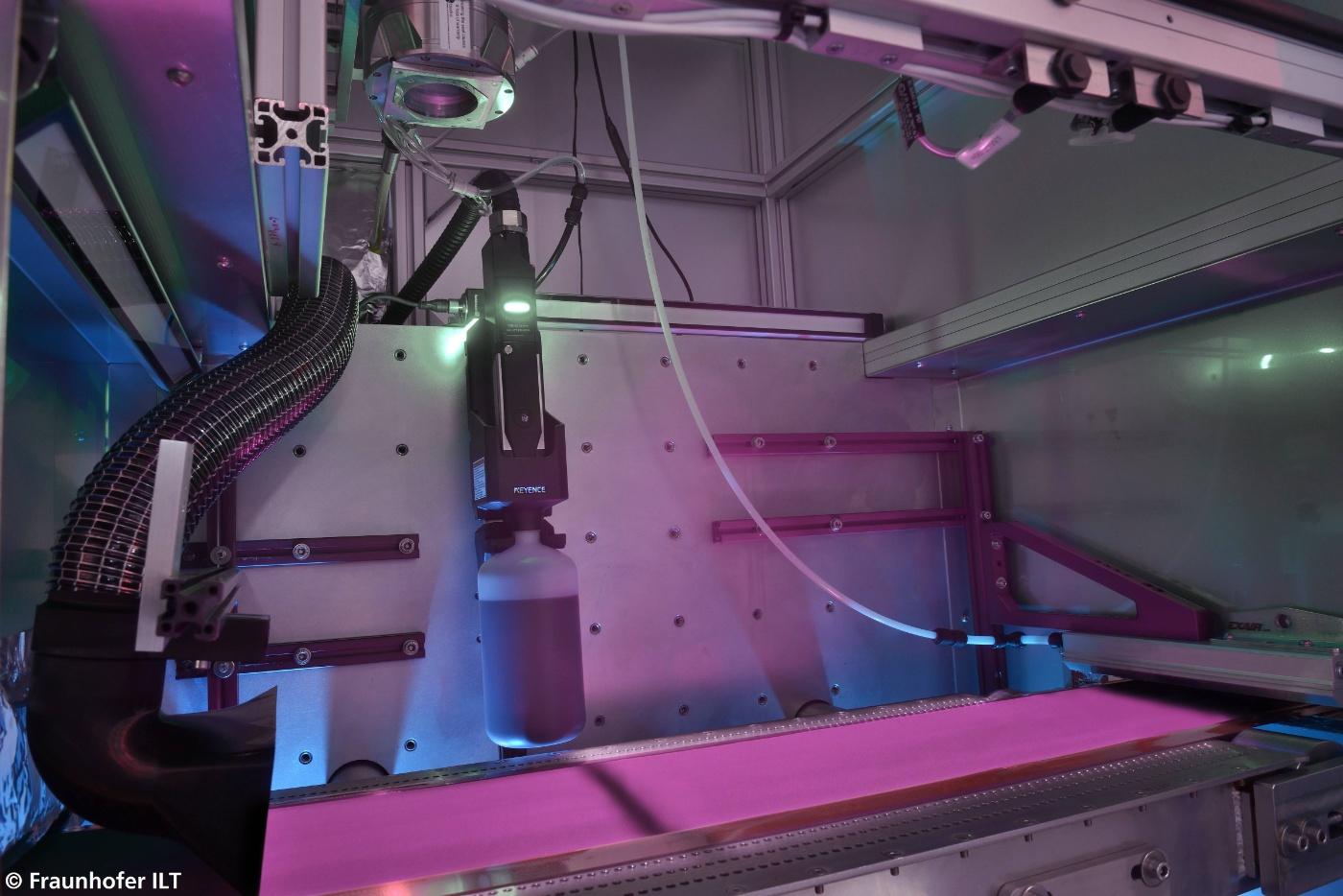

In Italy, the University of Bologna has launched an electrochemistry center called "E-Cells Lab," in collaboration with Ferrari and NXP Semiconductor, dedicated to solid-state cell research. The lab will focus on enhancing electrochemical materials and their properties for use in battery cells, particularly with an emphasis on solid-state cells, fast charging, thermal behavior, safety, and performance.


The Stellantis brand Alfa Romeo has unveiled its new compact SUV, the Milano, marking its first foray into fully electric vehicles. The Alfa Romeo Milano Electricca will be available with either a 115 kW or 176 kW motor and features a 54-kWh battery, promising a range of over 410 kilometers (approximately 255 miles). Additionally, the Milano will also come in an Elettrica 240 version, which boasts a power output of 240 horsepower or 176 kW. Detailed performance specifications for the electric variants have not yet been released by Stellantis.
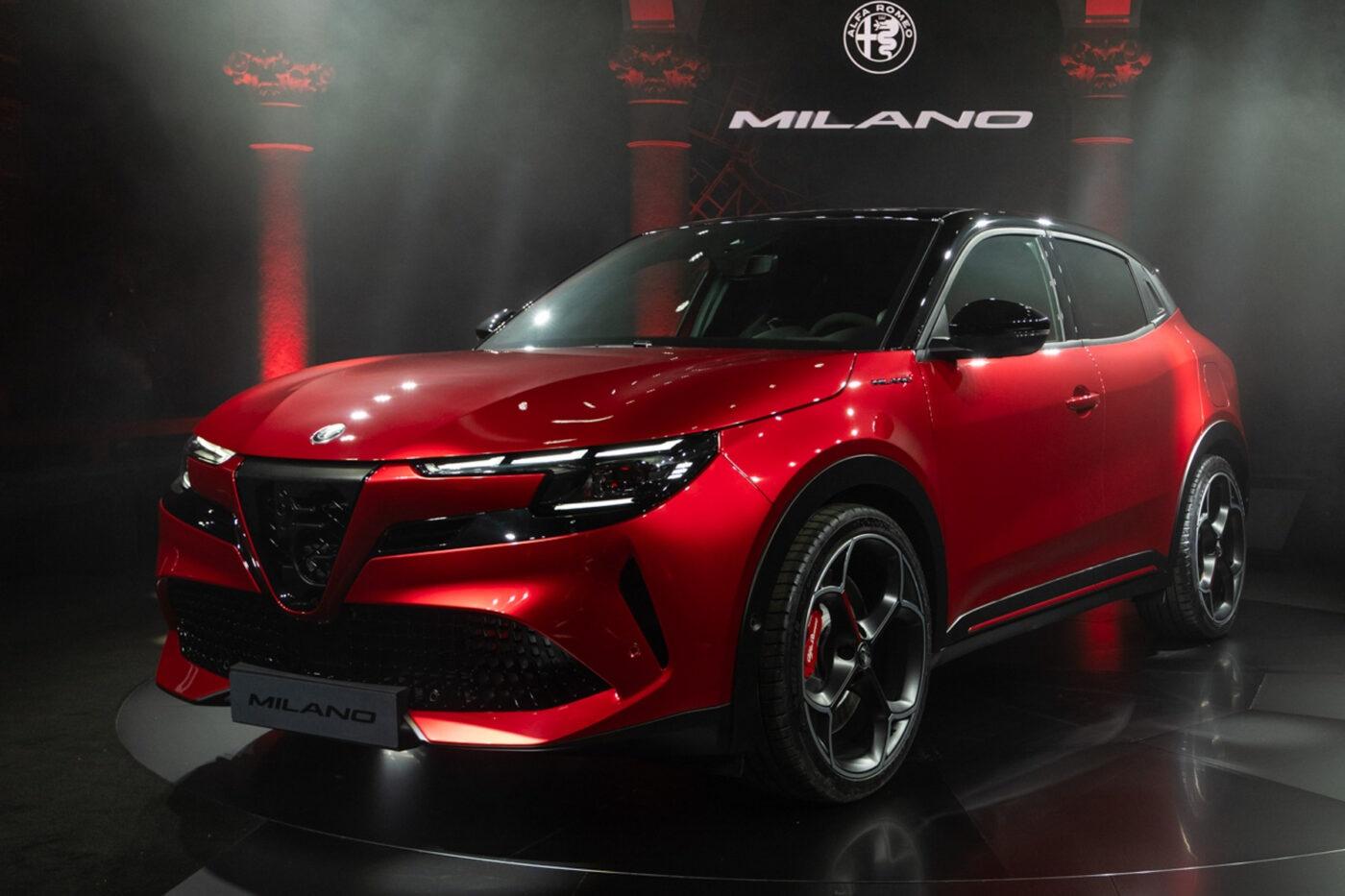

Following the end of production for the Fortwo, Smart has begun manufacturing a successor based on a new platform called the Electric Compact Architecture (ECA). This was announced by Dirk Adelmann, CEO of Smart Europe, in an interview with "Automotive News Europe." The Smart #2 aims to combine the agility and dimensions of the old Fortwo with an electric drive and state-of-the-art connectivity. However, the biggest challenges are related to costs: "Two months ago, we started working on a new dedicated platform intended for a future Smart two-seater city car, but we need partners to make the business case viable," Adelmann explained.
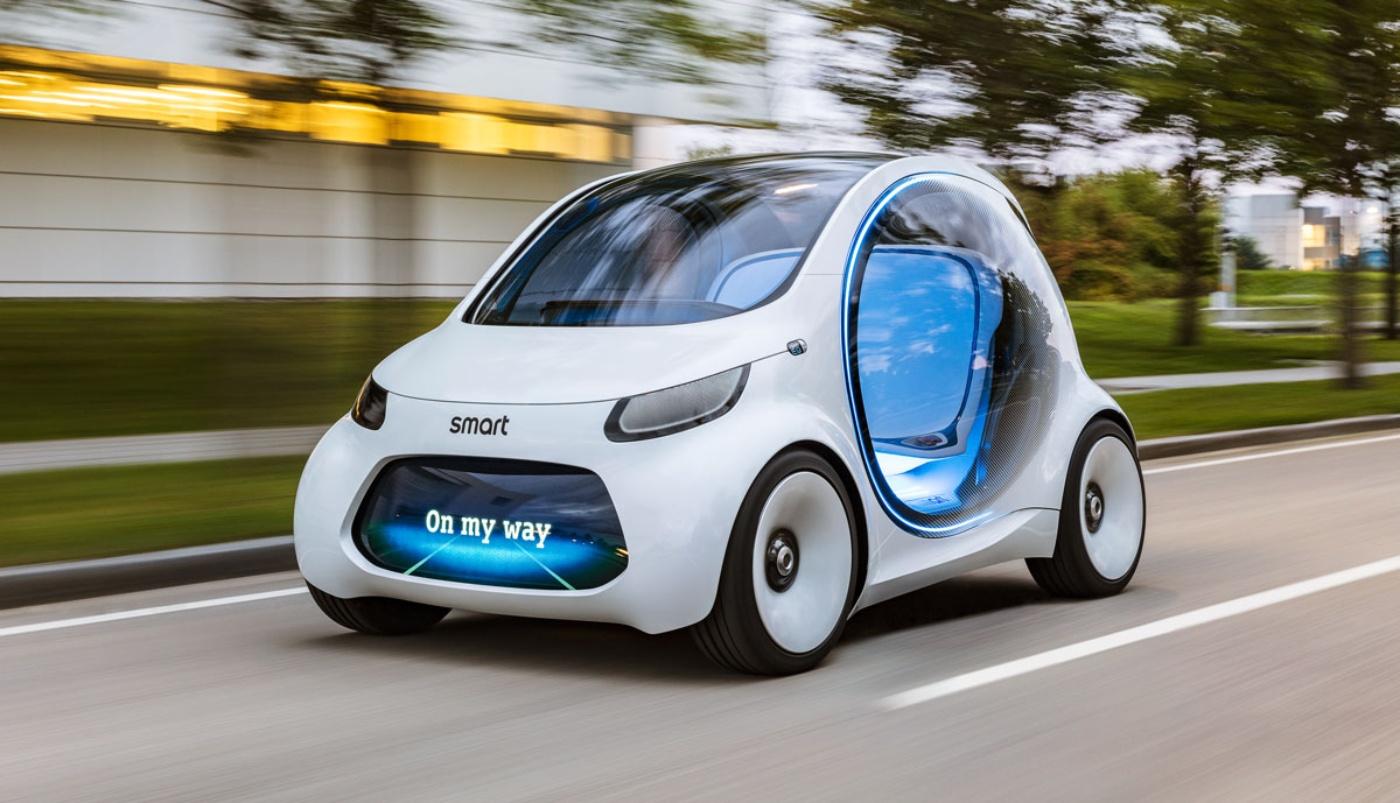

Electric vehicle manufacturer GAC Aion and mobility service provider Didi Chuxing have established a joint venture named Aidi Technology, aimed at launching an electric vehicle capable of Level 4 autonomous driving. This level of autonomy allows the vehicle to operate completely independently in certain situations without driver intervention. The vehicle will be based on GAC Aion's AEP3.0 electric platform, combined with Didi’s automated driving technology. A production model is reportedly set to debut next year. The AEP3.0, introduced by GAC Aion in November 2022, is a 900-volt platform supporting charging capacities up to 480 kW.
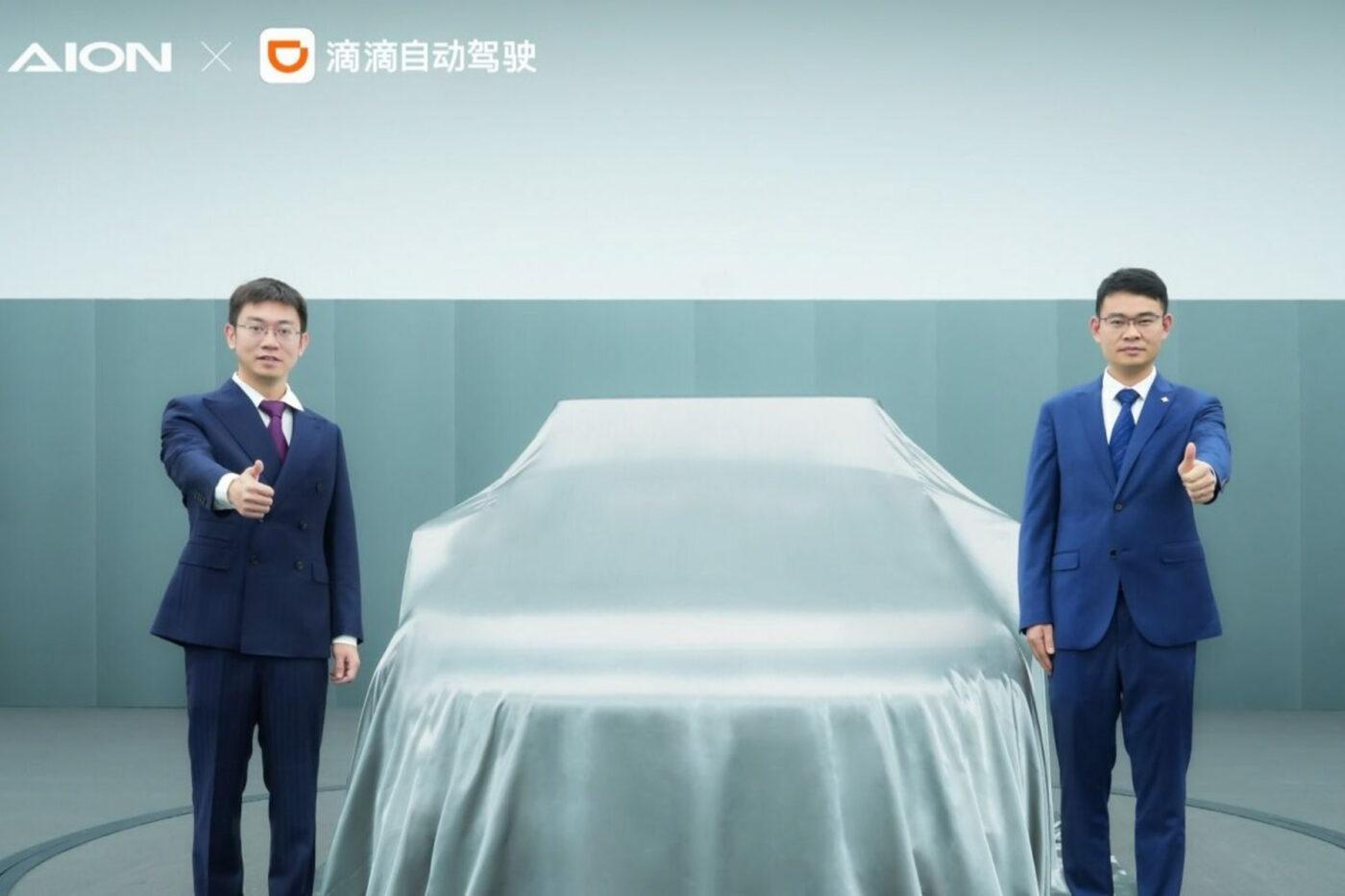

EU heads of state and government have signed a groundbreaking European declaration on cycling that includes eight chapters and 36 commitments. The goal is to promote cycling throughout the European Union and support climate targets in line with the European Green Deal. The declaration highlights the bicycle as a sustainable and healthy mode of transportation and calls on member states to prioritize the expansion of cycling infrastructure, safety measures, and initiatives to promote active mobility.
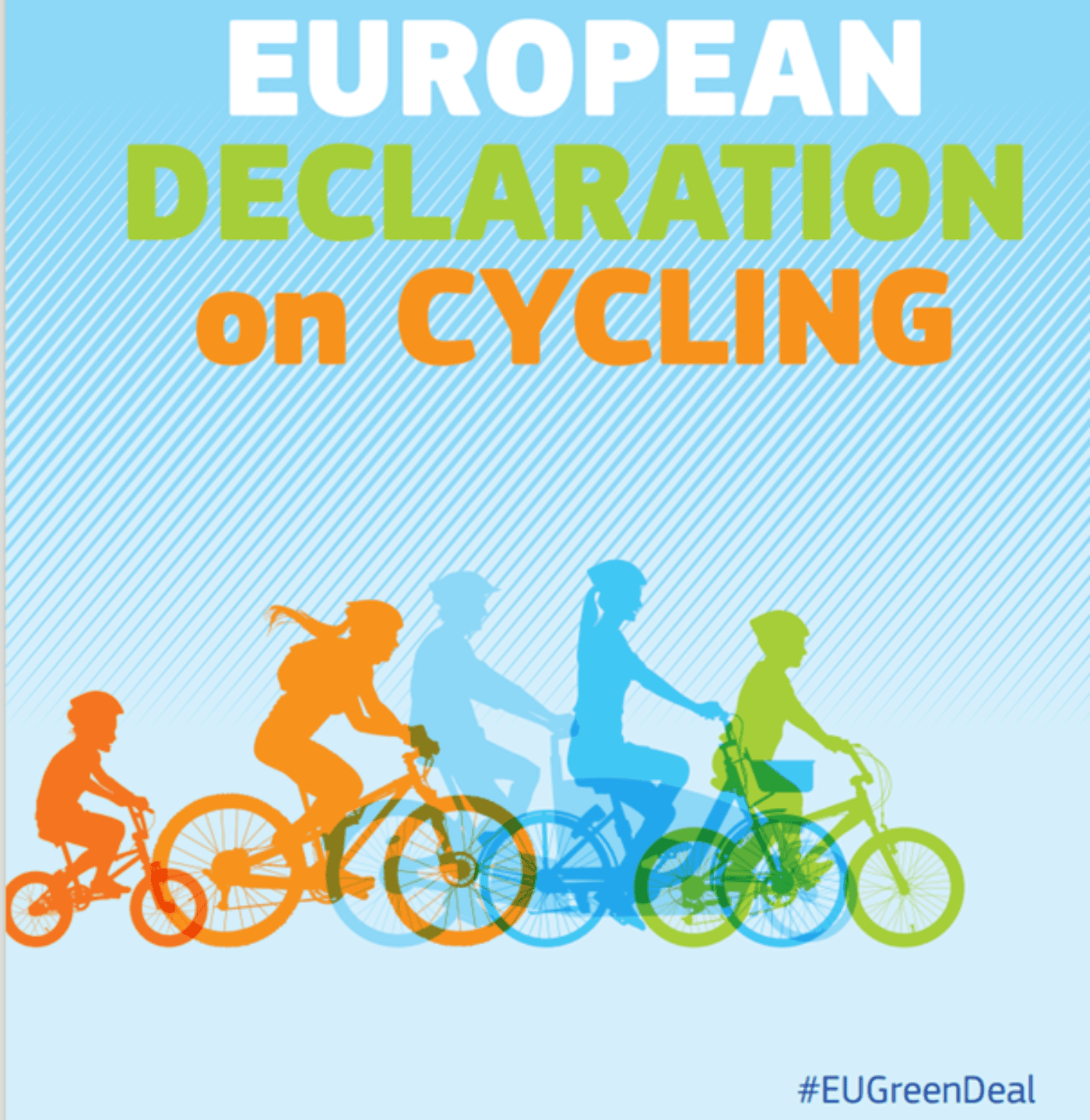

Swiss S-Pedelec manufacturer myStromer has opened its first European online store in the Netherlands, with plans to expand to Germany, Belgium, Switzerland, France, and Denmark later this year. In the online store, customers can configure and order a Speed Pedelec and select a Stromer dealer for pickup and service.


Opel has unveiled the design of the new Opel Frontera, which will be available as a hybrid and electric vehicle from its launch. The world premiere is scheduled for May 14, 2024.
News about the electric subcompact Cupra Raval: Seat has officially announced that production will begin at the end of 2025 in the Spanish plant in Martorell. The Cupra Raval will thus be the first electric subcompact car from the Volkswagen Group to hit the market.
Mercedes-Benz has presented a comprehensive update of the EQS. For the 2024 model year, the electric counterpart to the Mercedes-Benz S-Class will receive an extensive update package. Introduced in 2021, the EQS will soon feature a new look and a larger battery, with the battery capacity increased to 118 kWh, enhancing the maximum range of the EQS 450 4MATIC from 717 to 799 kilometers. The EQS 450+ is expected to exceed even the 800-kilometer mark, with a range of 683 to 822 kilometers.
BMW Group has entered into a long-term development partnership with Rimac Technology. Together, they plan to develop innovative solutions in high-voltage storage technology for "selected battery-electric vehicle projects." Specific projects were not mentioned.
Nio has opened a development center for driving assistance technologies in Berlin. Named the "Smart Driving Technology Center," it is the first of its kind outside of China and will lead the development of Nio's driving assistance systems with a focus on Europe.
Tesla CEO Elon Musk has announced a robotaxi for August 8, 2024, on X (formerly known as Twitter). Additionally, this week Tesla introduced a new Model Y version with a range of 600 kilometers (approximately 373 miles).
The flying taxi startup Autoflight has announced the first delivery of its five-seater eVTOL, named Prosperity, to a customer in Japan. Autoflight plans a broader rollout of electric flying taxis in Japan in the future.
